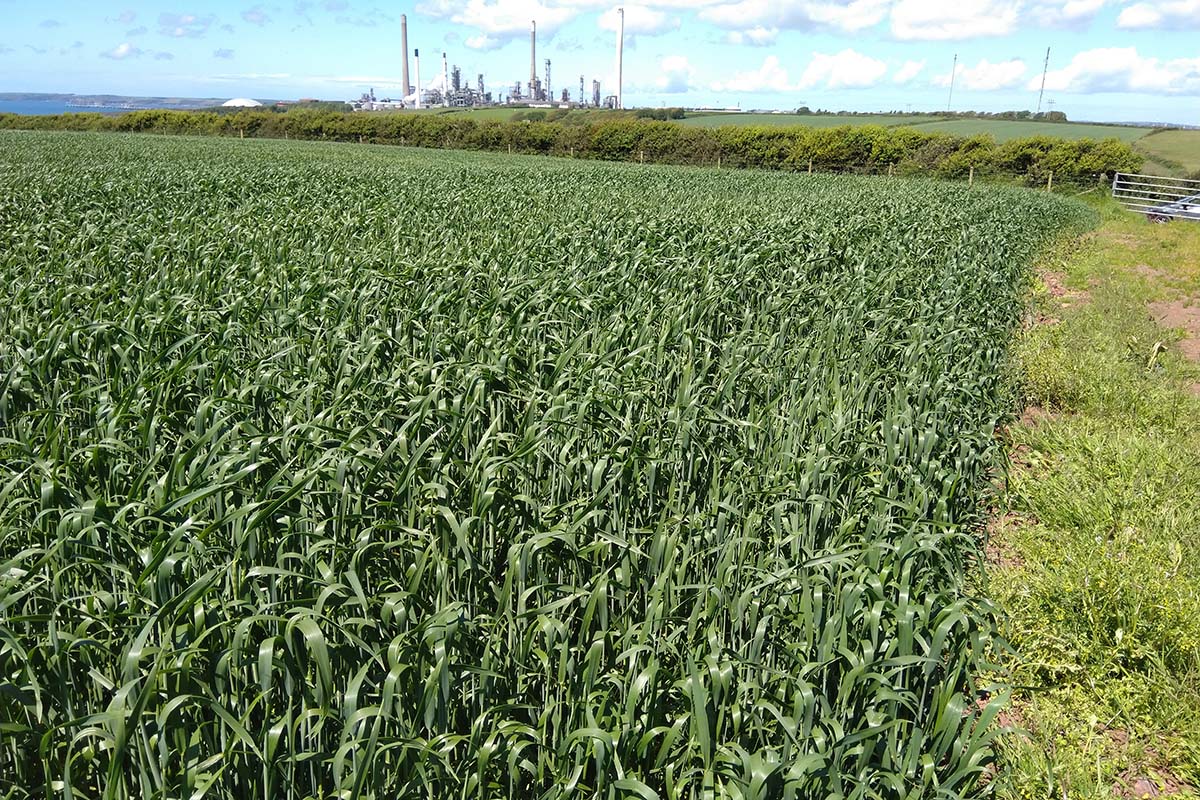
Arable Habitats
Describing the primary ecosystems of Wales, whether in what is termed a reference (relatively intact and undisturbed) state and modified state, primarily through human activities.
Ecosystems are generally complex and difficult to define and, more often than not, comprise a wide range of habitats; typically combining semi-natural, agricultural and non-natural components. This part of the website describes the main habitat groups in Wales, and the more recognisable seral phases of those habitats, some of which are now confined to small fragments and located in areas unsuitable for human land-use. The more common reference states, i.e. states that arise through natural processes, and modified states, i.e. states that arise as a consequence of anthropogenic impacts, of the habitats are also described. These illustrate how different pressures on the landscape have impacted on the habitats over varying time frames and led to the habitats that we see today. The text provides identifies the main management pressures on each habitat and promotes the need for strategic restoration programmes that take into account the likely impact on the biodiversity associated with each habitat.

Tilled land tends be visible for relatively short periods but becomes a striking feature of the landscape in the period from ploughing to seed germination and crop development. It can attract large groups of invertebrate feeding birds, e.g., crows and gulls, and seed-eating pigeons and finches. For research purposes, from the increasingly regular availability of high resolution satellite images we can detect both the approximate timing of ploughing and crop harvesting, which is important land use information.

The most commonly grown cultivated crops in Wales are fodder crops, e.g. maize and oilseed rape, which account for about 30% of the total area. Barley (25%) and wheat (24%) are the most popular cereals, with c.4% of cultivated land supporting potato crops. A combination of less commonly grown crops, e.g. field beans and flax, accounts for the remaining area. The intensity of the cultivation management regime will determine the biodiversity associated with it. The highest biodiversity will be found in crops, or crop margins, that are not fertilised with nitrogen and/or phosphorus based products, or sprayed with herbicides or insecticides. Sadly, the vast majority of cultivated crops in Wales are planted right up to the field boundaries, heavily fertilised and sprayed with both herbicides and insecticides, leaving the crop virtually devoid of biodiversity value. This is a relative trend in Wales at least and the situation could still be recovered to some degree through the availability of appropriate incentives in the agri-environment scheme and through modifying the qualification guidelines for the selection of arable Sites of Special Scientific Interest so that to is possible for sites in Wales to be designated. In the absence of these changes the outlook for the threatened fauna and flora associated with arable land in Wales is bleak, and fields of poppies (Papaver rhoeas) and the song of yellowhammers (Emberiza citronella) will be consigned to the past. Some states of arable habitats are described in the sections below.

Untreated crops, i.e., crops that have not been treated with fertilisers, herbicides and insecticides, are rare in the Welsh countryside now and any that do exist will almost certainly be owned and/or managed for biodiversity reasons. The last example of a ‘poppy field’ in West Wales has been ‘under grass’ and not been cultivated for more than a decade at the time of writing, due largely to pressure from neighbouring landowners not wanting seeds contaminating their crops. The arable flora on this farm was nationally important at the time and also supported flocks of larks, pipits. finches and buntings during the winter months. In the current climate, the plants, insects and birds associated with arable habitats in Wales are under serious threat of disappearing from the landscape. It is a failing of nature conservation that, despite covering about 10% of the land area, there is only one protected site in Wales that was designated for the protection of arable plant habitats.